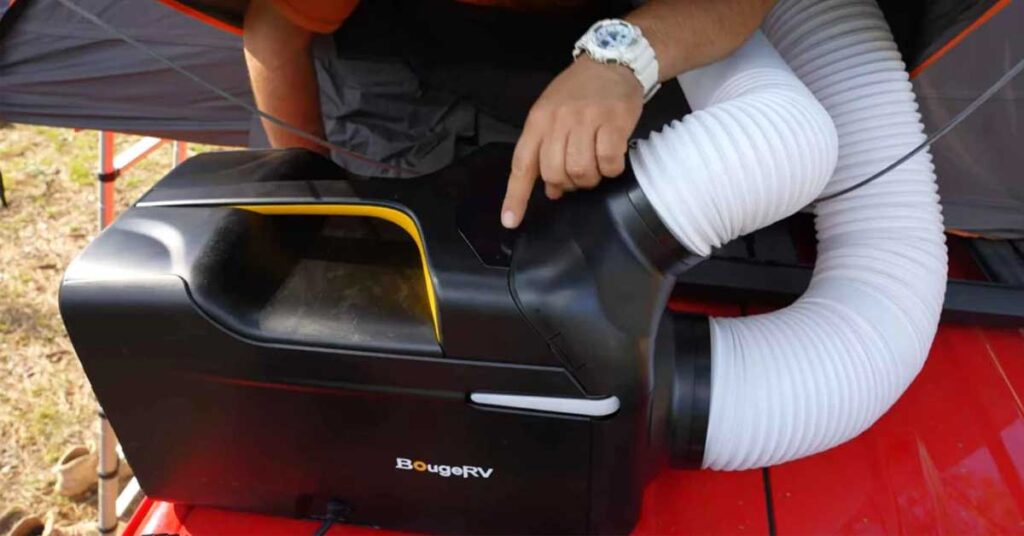Thermography, the science of capturing and interpreting thermal images, has revolutionized various industries, from building inspections to healthcare. In this exploration of “Degrees of Detail,” we’ll delve into the world of precise thermography. From its applications and benefits to the role of temperature data loggers, we’ll provide you with insights into the art of capturing and interpreting thermal data.
Unveiling the World of Thermography
Thermography, once a niche technology, has become an indispensable tool across various fields. It involves using thermal imaging cameras to capture and visualize temperature variations on the surface of objects or materials. These cameras detect infrared radiation emitted by objects and convert it into visible images, where colors represent different temperatures.
The Role of Temperature Data Loggers
One crucial element in thermography is the use of temperature data loggers. These devices record temperature data at specific intervals, providing a comprehensive view of temperature fluctuations over time. While temperature data loggers aren’t directly part of the thermal imaging process, they play a vital role in ensuring the accuracy and reliability of thermographic data.
Applications of Precise Thermography
Precise thermography finds applications in a wide range of industries, each benefiting from its ability to provide valuable insights through thermal imaging. Let’s explore some of these applications:
1. Building Inspections
- Thermography helps identify energy inefficiencies and areas of heat loss in buildings, aiding in energy conservation and cost reduction.
- It can detect hidden moisture or insulation problems, preventing potential structural damage.
2. Electrical Maintenance
- In the electrical industry, thermography is used to identify overheating components in electrical systems, preventing equipment failures and fires.
- Regular thermal inspections of electrical panels and connections help maintain safe operations.
3. Industrial Predictive Maintenance
- In manufacturing and industrial settings, thermography is employed for predictive maintenance. It can identify machinery and equipment issues before they cause costly breakdowns.
- The technique is instrumental in maintaining production efficiency and reducing downtime.
4. Medical Diagnostics
- In the healthcare field, thermography aids in diagnosing and monitoring various medical conditions. It can detect abnormal temperature patterns associated with diseases like breast cancer.
- Non-invasive and radiation-free, thermography is a valuable tool for early detection.
5. Veterinary Care
- Veterinarians use thermography for diagnosing injuries and illnesses in animals. It helps pinpoint the location and extent of injuries and aids in treatment planning.
- Thermography is particularly useful in equine sports medicine.
Benefits of Precise Thermography
Precise thermography offers a range of benefits that make it a powerful tool in multiple industries:
1. Non-Destructive Testing
- Thermography is non-invasive, allowing for inspections without damaging structures or equipment.
2. Early Detection
- It enables the early detection of issues, reducing downtime, and minimizing repair costs.
3. Safety
- Thermography enhances safety by identifying potential hazards in electrical and industrial settings.
4. Energy Efficiency
- In building inspections, it helps improve energy efficiency and reduce utility costs.
5. Comprehensive Data
- Coupled with temperature data loggers, thermography provides a comprehensive record of temperature variations over time.
Challenges and Future Developments
While thermography has made significant advancements, challenges persist. The technology relies on the accuracy of temperature measurements, which can be influenced by environmental factors. Calibration and proper training are essential to ensure accurate results.
Looking ahead, thermography is poised for further developments. Integration with artificial intelligence (AI) and machine learning algorithms is expected to enhance its capabilities. These advancements may lead to more automated and precise temperature analysis.
Precision in Thermal Imaging
Finally, precise thermography is an invaluable tool with diverse applications across industries. From building inspections to healthcare, its ability to capture and interpret thermal data has transformed the way we analyze temperature variations.
Temperature data loggers, while not directly part of the thermal imaging process, play a critical role in ensuring the accuracy and reliability of thermographic data. As technology continues to advance, thermography will likely play an even more significant role in predictive maintenance, diagnostics, and energy efficiency across various fields, offering a precise window into the world of temperature fluctuations.
ⓘ LAFFAZ is not responsible for the content of external sites. Users are required to read and abide by our Terms & Conditions.









